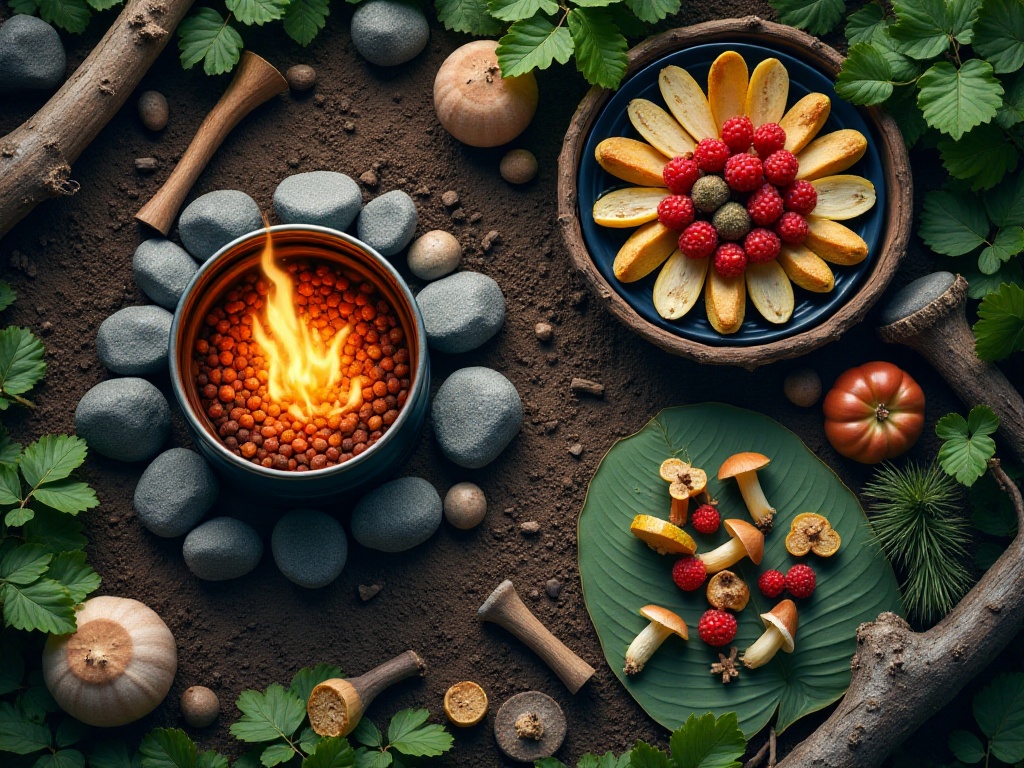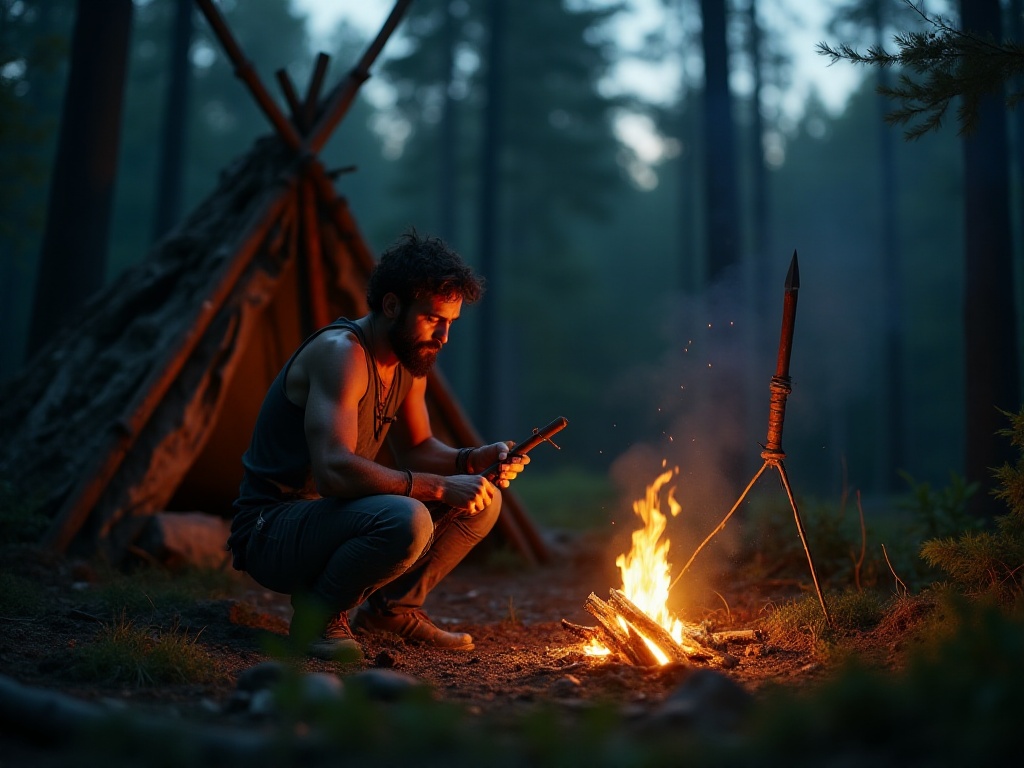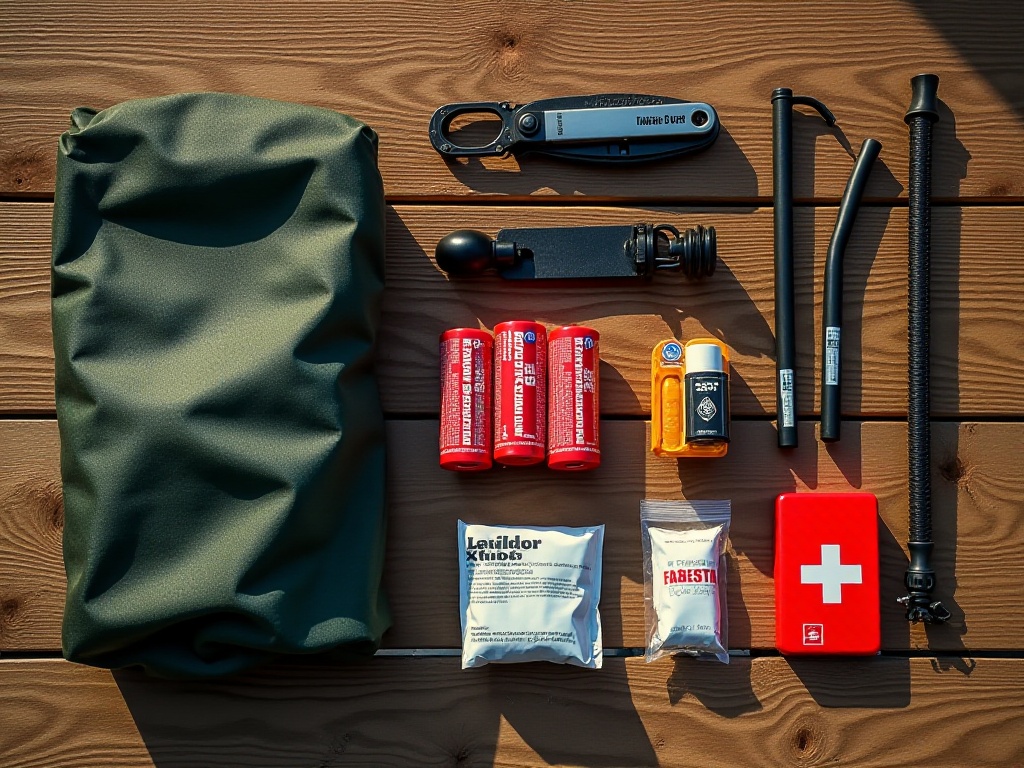Opening Words
Hey, dear friends. Today I want to share a special topic - outdoor survival skills. As a blogger who often hikes alone, I deeply understand that outdoor activities are both fun and risky. Recently, while hiking in a mountainous area of Sichuan, I nearly got into trouble due to sudden weather changes, which made me realize how important it is to master basic outdoor survival skills.
I remember that morning when I set out, the weather was particularly good, sunny with fresh air. Who knew that by afternoon, the sky would suddenly be covered with dark clouds and strong winds would pick up. I was on a rather steep mountain path at the time, surrounded by bare rocks with almost no shelter. The downpour came suddenly and violently, making the mountain path instantly slippery and difficult to traverse. Fortunately, thanks to my previous professional training, I knew how to handle such situations and managed to get to safety. This experience taught me deeply that in the outdoors, you can never let your guard down.
Pre-Trip Preparation
I remember when I first prepared for outdoor hiking, I really didn't know anything. Looking back now, I was practically risking my life. After years of experience, I've compiled a complete pre-trip preparation checklist.
First is route planning. Did you know? Hundreds of accidents occur each year because people don't inform others of their itinerary. According to data from the National Mountaineering and Outdoor Sports Management Center, 67% of outdoor accidents in 2023 were caused by not informing friends or family of specific itineraries. Therefore, before departing, you must inform at least one friend or family member of your detailed route, expected return time, parking location, and other information.
When it comes to route planning, I suggest everyone must do the following. First, study topographic maps in detail to understand the route's difficulty level, elevation changes, resupply points, and other information. I'm used to planning routes with professional outdoor apps, which not only show topographic maps but also mark dangerous sections and rest points. Second, check the weather forecast for the next few days, paying special attention to the possibility of extreme weather. Finally, estimate the time needed for the entire journey and reserve ample buffer time.
Last year while hiking on Mount Gongga, it was because I did detailed route planning in advance that I avoided a dangerous situation. At the time, I checked the weather forecast and found there might be heavy rain on the afternoon of the third day. So I adjusted my schedule and reached a safe campsite a day early. Sure enough, that afternoon there was a flash flood, and my originally planned camping spot was right in the flood's path.
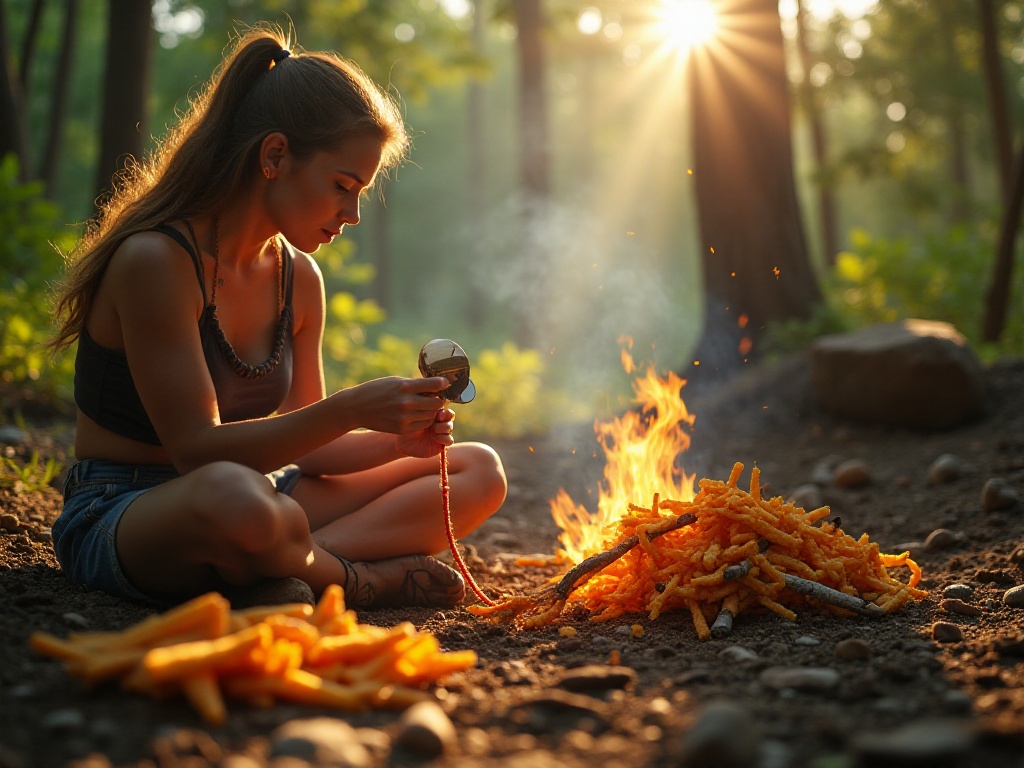
Equipment Selection
Speaking of equipment, it really makes me sigh. I remember once encountering a rainstorm in the mountains, and my backpack without waterproof lining got everything inside soaked. That experience taught me the first lesson: waterproofing your backpack is crucial.
Now I always use a waterproof liner to protect my backpack, a tip that helped tremendously during last year's 318 cycling trip. We encountered three consecutive days of rain, but my equipment stayed dry.
Regarding backpacks, I recommend choosing one with a 40-60 liter capacity, which can fit necessary equipment without being too heavy. It's best to choose a model with a reinforced backplate to reduce fatigue from long-term carrying. My current backpack was specifically chosen for its ergonomic design, with shoulder straps and waist belt that effectively distribute weight.
When choosing a sleeping bag, you must decide based on the destination's climate conditions. During my previous camping trip at Four Sisters Mountain, I shivered all night because my sleeping bag wasn't warm enough. Later, I bought a down sleeping bag suitable for below-zero temperatures - though expensive, it was definitely worth it.
Tent selection is also crucial. I now use a double-layer tent which, although heavier than a single-layer tent, has better waterproofing and ventilation. Last year while camping on Mount Wugong, we encountered heavy rain, and many travelers with single-layer tents got wet, while my tent's interior stayed dry.
For essential equipment, I'll highlight a few key items:
Water and food go without saying, but many people overlook water purification tools. There's now a portable water purification straw weighing only about 100 grams that can filter 99.9% of bacteria. Last year on the Sichuan-Tibet line, this little device saved me several times.
Multi-tools and survival whistles are also standard equipment. While hiking on Moganshan, a girl was successfully rescued by using three short whistle blasts. According to local search and rescue team statistics, of the 47 rescue cases in 2023, 12 were located through whistle sounds.
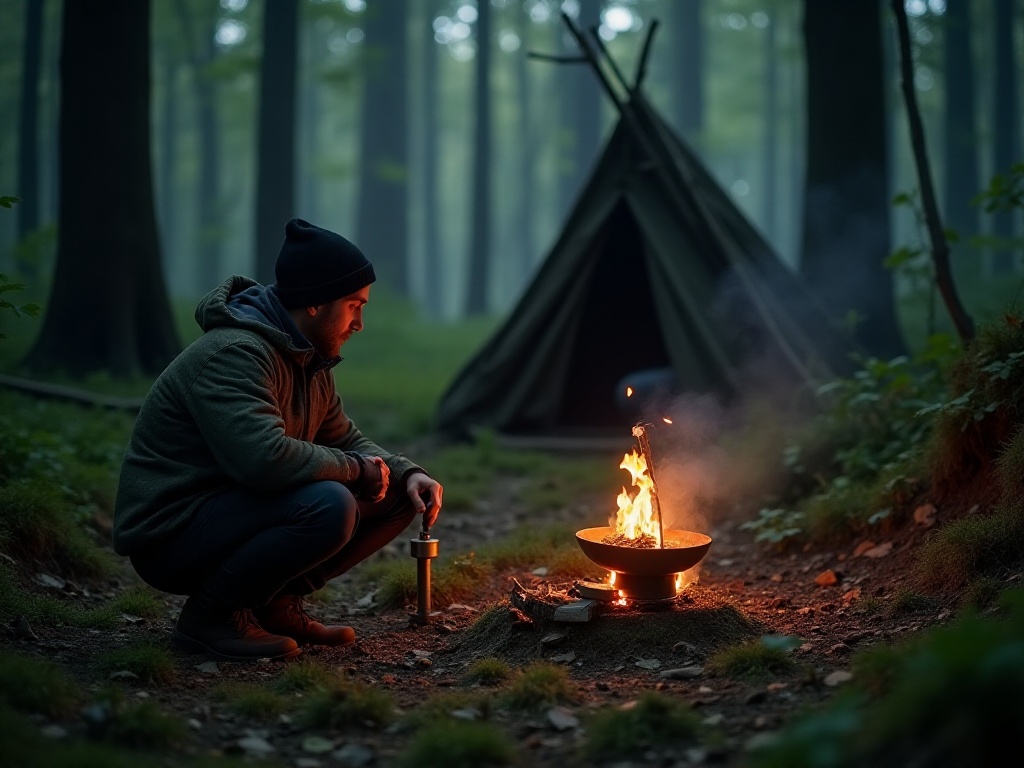
Navigation Techniques
Speaking of navigation, some traditional methods are quite interesting. For example, making a compass using a leaf and needle - I actually used this technique on Jade Dragon Snow Mountain. How do you do it? Find a large leaf, place it on water, then put a magnetized needle on the leaf, and the needle tip will point north.
Of course, technology is advanced now, but these traditional skills still have their value. Statistics show that in 2023, there were over 200 cases nationwide of people getting lost due to electronic device failure, and about 15% of them successfully escaped using traditional navigation methods.
Besides these basic navigation methods, I've mastered some practical techniques. For instance, on sunny days, you can determine direction by the sun's position. The sun is in the east in the morning, south at noon, and west in the evening. If you have a watch, point the hour hand at the sun, and the bisector of the angle between the hour hand and 12 o'clock points south.
On cloudy days or at night, you can judge direction by observing plant growth characteristics. For example, most trees have denser growth rings on the south side and sparser ones on the north side; moss usually grows on the north side of trees; ant nest entrances typically face south to get more sunlight.
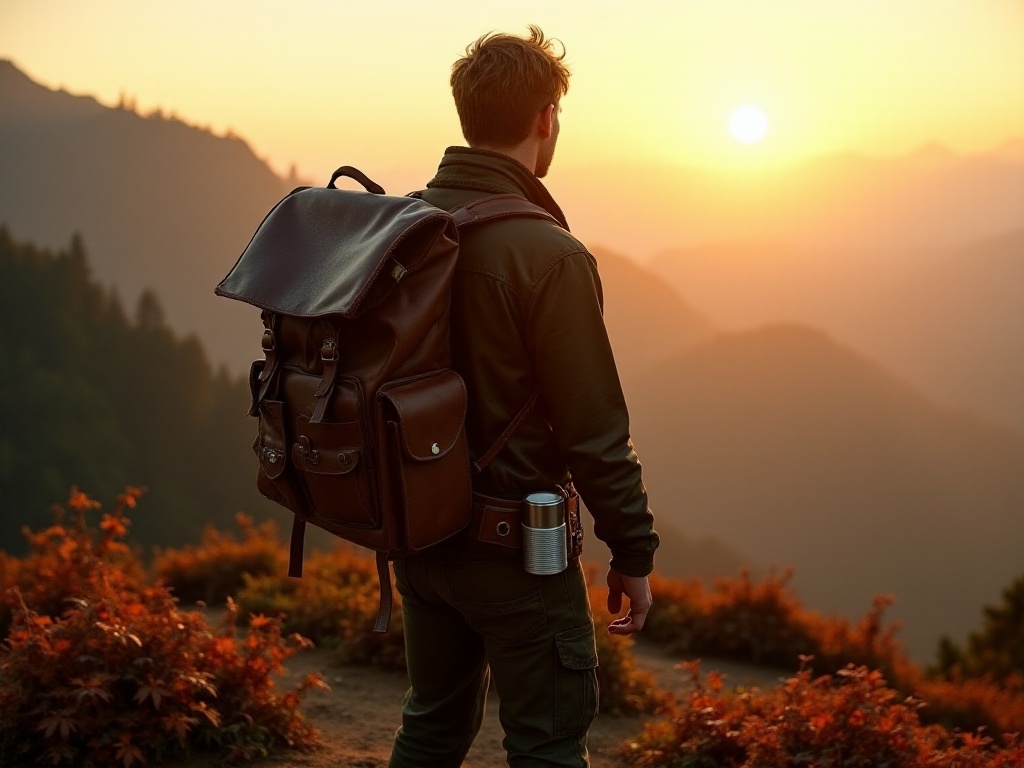
Practical Tips
Finally, let me share some particularly useful tips. For example, tape is now a must-carry item for me. It can not only repair equipment but also serve as a bandage. During my 2023 Qinghai Lake cycling trip, I used tape to temporarily repair a tent tear, which helped us survive a windy day.
For fire starting, you probably wouldn't guess that Doritos chips make excellent tinder. This is because of their high oil content, and the seasoning contains flammable components. Although they burn briefly, it's enough to ignite other materials. Last year while camping on Mount Gongga, I successfully started a fire in wet conditions using this method.
Speaking of fire starting, I want to share another tip. In humid environments, you can use tree bark as tinder. Birch bark works particularly well because it contains oil and is easy to ignite even when damp. Pine resin is also good tinder.
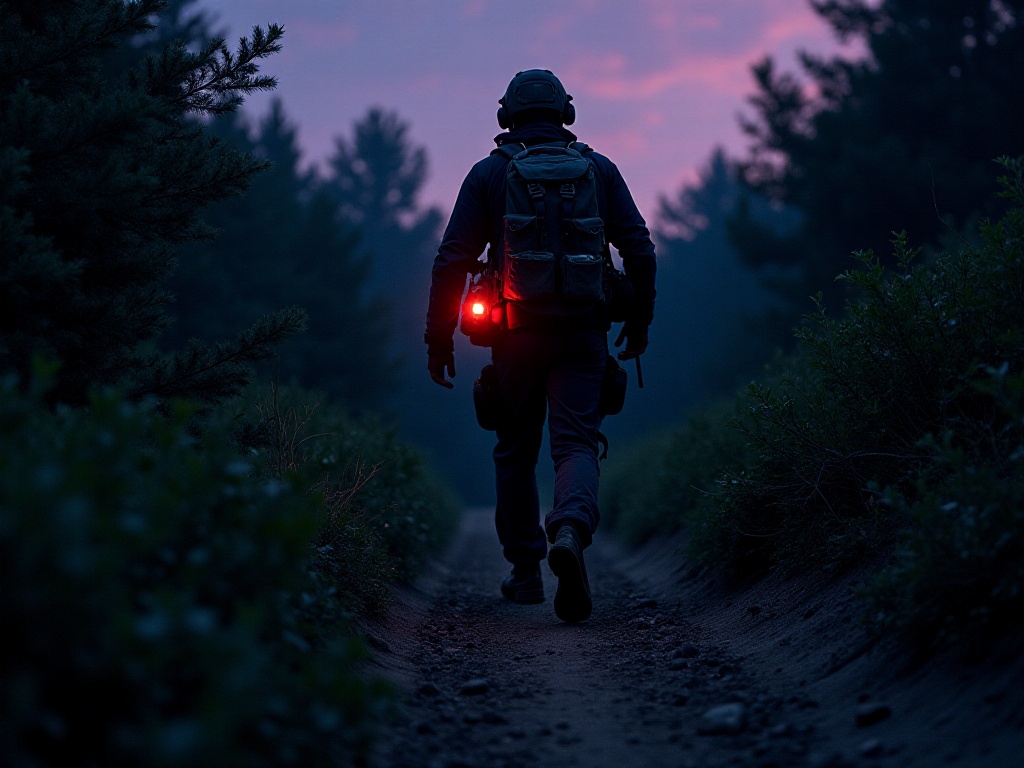
Conclusion
Writing to this point, I wonder if you've also become interested in outdoor survival? Actually, mastering these skills not only makes us feel safer during outdoor activities but also helps us build a deeper understanding of nature.
Looking back on these years of outdoor experiences, each time has given me new insights about nature. From initial recklessness to now being able to handle situations calmly, this process has taught me the importance of respecting nature.
In fact, outdoor survival skills are not just for dealing with dangers, but also a life attitude. They teach us how to live harmoniously with nature, how to stay calm in difficult situations, and how to solve problems wisely.
Every time I see those magnificent mountains and vast grasslands, I'm amazed by nature's wonders. And mastering these outdoor survival skills allows me to explore these beautiful landscapes more safely and deeply.
Do you have any outdoor survival experiences to share? Or questions about the techniques mentioned in the article? Feel free to tell me in the comments. Next time we can talk more about outdoor first aid, as this is also a very important aspect of outdoor activities.





